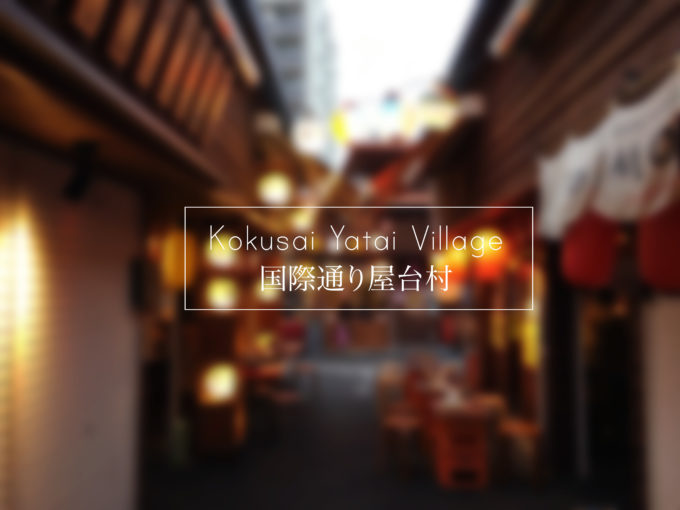
“Yatai” is a Japanese-style street food stall, which often only limited to just selling one item. Kokusai Yatai Village located in the Mashiki district of Naha city features a variety of Yatai-style small restaurants in one complex. Soon after the opening, it instantly became a hot spot among visitors and locals. There are 22 restaurants in the complex that serve dishes like sushi, yakiniku, yakitori, ramen, soba noodles and more! It’s perfect for tourists who are only there for a short period of time, but would like to try everything!
Okinawa does not really have any yatai, however, a few years ago, a “yatai mura” (street for village) was established in Naha nearby Kokusai-dori. It is sort of touristy, but fun. There are a few small restaurants set up, similar to a yatai-style street. You sit at counters with other patrons and so it is easy to have the feeling of yatai-dining. There is also an entertainment stage where they hold performances and events at certain time. It is a unique nightlife that you can find here in Okinawa, so if you have never visited yatai before, it is a good opportunity to discover the atmosphere of yatai.
At the entrance, there is a map that shows what restaurants are inside the “village” and where they are located. It’s convenient for people who did their homework, and can spot the restaurant instantly. It’s also easy for people who go without knowing what to expect to get an overview and decide on the spot.
My brother can never hold back his sushi cravings, so our first stop was Ezomae Chokotto sushi (蝦夷前ちょこっと寿司 立ち食い寿司). It was so small that we could barely moved as soon as we stepped in. The counter sits 8 people, and the menu was already on the counter. It’s a one-man-does-it-all spot, where the chef is also the server.
No worries that if you don’t understand the menu or don’t know what to order. All the fishes/seafood are available right in front of you. The menu also has pictures. Besides a la carte, they also have nigiri set. What interested me the most was a set named “Stroke trio” (痛風三貫). The name is very intriguing, sounds like a very high cholesterol set that’ll immediately send you to the hospital afterwards. However, we opted for a la carte.
We would never pass the o-toro when there’s a chance. Sushi maniacs know that o-toro is the tuna belly. Just like pork belly, tuna belly is the most desired and fattiest part of tuna, and also my favorite too! The sirloin feel of raw tuna fuses with the fats from the belly created a rich and creamy texture inside the mouth. For nigiri, sushi rice can be the deal breaker. This was well executed as the individual rice gently hold against each other, until the moment that they are in the mouth.
We also had two aburi nigiri, which I had forgotten the name of the fish (excuse me!). “Aburi” meaning that the surface of the fish is partially grilled with a torch, releasing the fats.
I absolutely adore ikura (salmon roe) since I was a kid. It’s technically the first Japanese raw food that I had even before sashimi. Since ikura is in the form of individual balls, it spills out easily when it’s simply topped on rice, hence it is commonly made into Gunkan maki, a type of sushi that has a strip of seaweed wrapped around the rice to keep loose ingredient inside. These ikura melt in the mouth as soon as I pressured against it! With a bit of sweetness and its popping texture, nothing can compare to it (well.. maybe uni can)!
My mother ordered the tekka hosomaki (tuna). This is probably one of the most simplest form of sushi. Hosomaki only consists of one main ingredient with nori on the outside. It’s so thin and small that made it perfect for one-bite.
Here comes the super star of the night! Can you guess what kind of fish it is? It was one of my most exotic food experiences. I knew that Japanese pretty much eat everything, such as raw pig’s liver. I love all sorts of raw fish, and can pretty much identify most of them. However, while we were waiting for the order to be processed, there was a type of sashimi in the display drawer that we had no clue what it was until few minutes later, my mom spoke up and said, “it’s whale” (she had seen and eaten it when she was a kid). None of us believed it, so we asked the chef, and yes. It is whale!!! Of course we had to try it. The color was a bit lighter than the wine color, but darker than bloody red. There was no need to dip into the soy sauce. Had it in one bite. Then, I soon reached the food heaven. My eyes widened. It looked quite fibrous and muscular, but it wasn’t at all! Very tender, and soft, with a bit of fat…. My brother thought it tasted very close to raw beef! I’ve never had beef, so can’t comment on that. Would strongly suggest you to try it if you see it!
After sushi, we got attracted to this yakitori spot, Fisshubado (鷠 フィッシュバード). The small counter was already packed with people, so we sat outside (fresher air too).
It’s a restaurant specializes in yakitori, which is a type of Japanese food that skewered meat on a bamboo stick, then grilled over charcoal fire. While grilling, sauce is brushed once or twice on the meat to season it. They have a very extensive menu, and obviously we can’t really read the menu besides few Chinese characters. Luckily, the waitress spoke a bit of English that she was able to tell us what kind of meat is it. Whether what it is paired with, we shall see when the food is served. Traveling is all about expecting unknowns right?
While waiting for the skewers to be grilled, we had a cold appetizer. I wasn’t paying any attention when my family was discussing and ordering, so I first had no idea what this was. It turned out to be chicken skin! It’s something that I don’t really dare to it, but I still had a bite. It was surprisingly light and crunchy. The layer of the fat underneath the skin was not greasy or mushy, in fact, it was like gelatin.
Here’s our assorted yakitori plate! The surfaces were slightly charred, but it had a unique charcoal scent that diffused through the nasal. It’s not just simply pieces of meats on the skewers. There were vegetables wrapped in the middle, which made it lighter, and more refreshing! My favorite was one of the top one, which was chives wrapped with bacon! The chives were still crunchy, and the bacon fats sinked into the tiny spaces among the chives. It was delicious!
In the beginning, I thought we could try at least 3 spots, but we were actually full after visiting 2 “yatai”! It was kind of like Taiwan’s night market, except more well-structured and cleaner. Okinawa does not really have any yatai. This village isn’t the most authentic yatai experience, but it’s the closest you can get!

Kokusai Yatai Village
3 Chome-11-17 Makishi, Naha, Okinawa Prefecture
To never miss a post, follow Eat with Eva on Facebook and Instagram or simply subscribe! 🙂


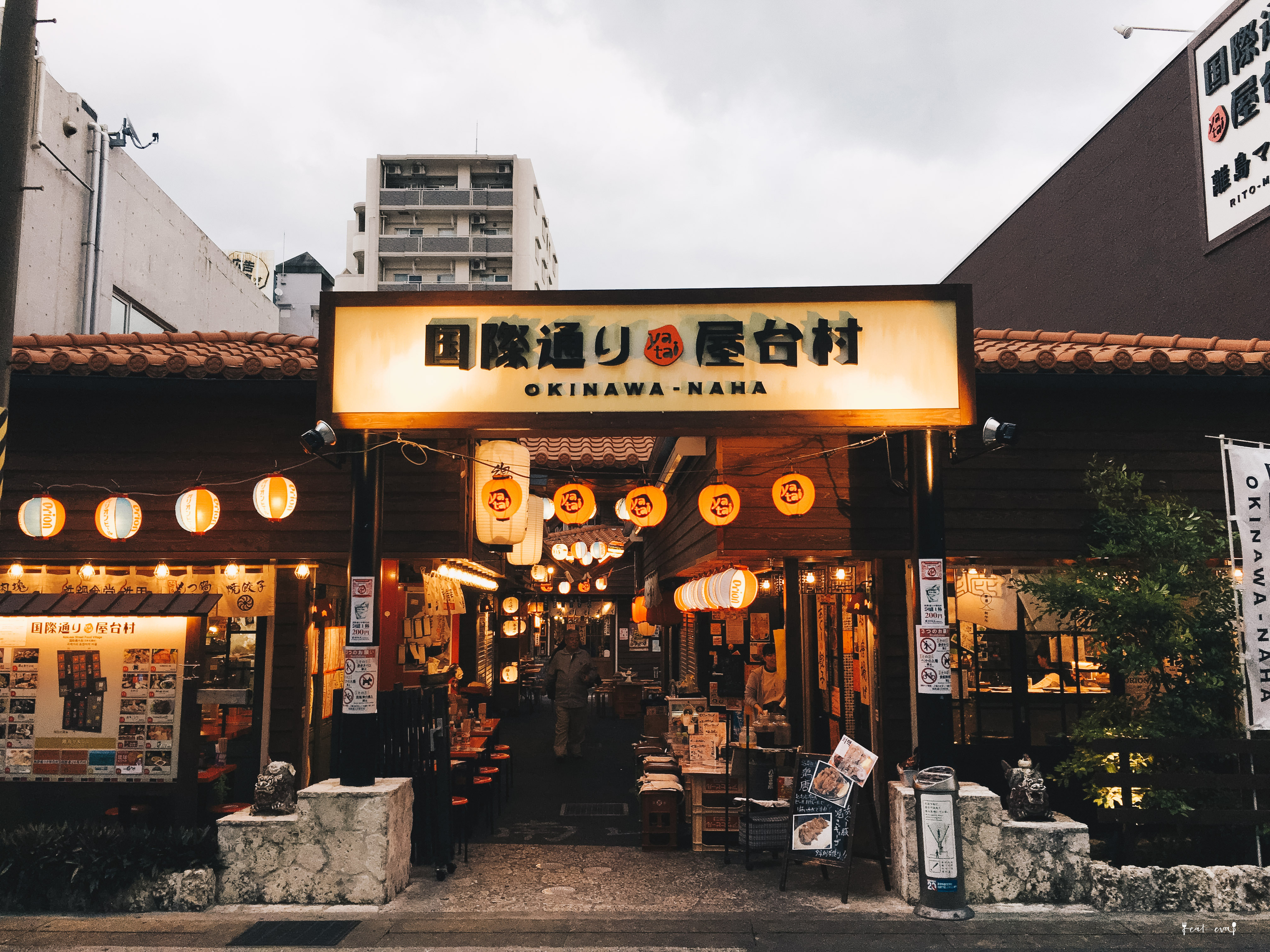


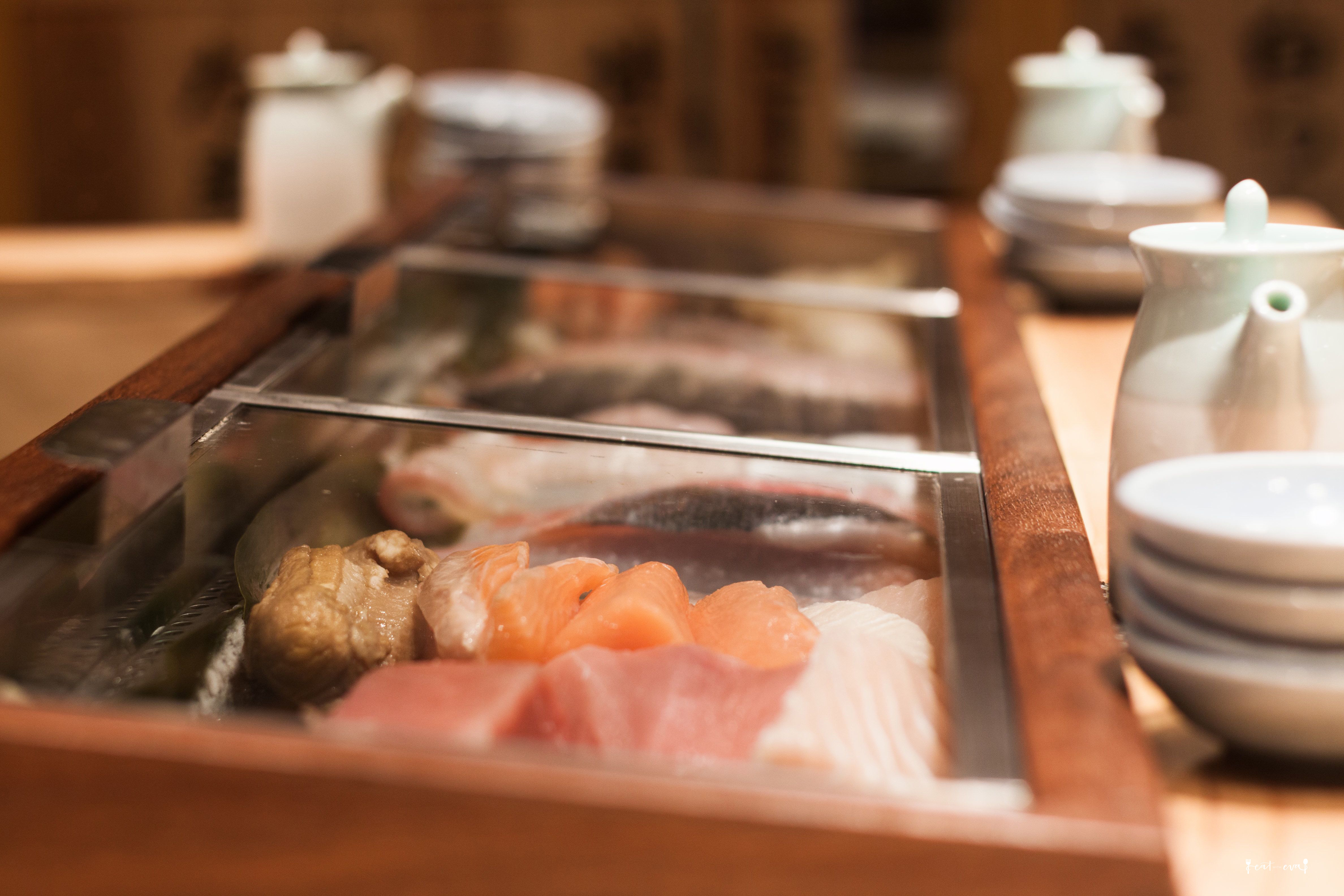
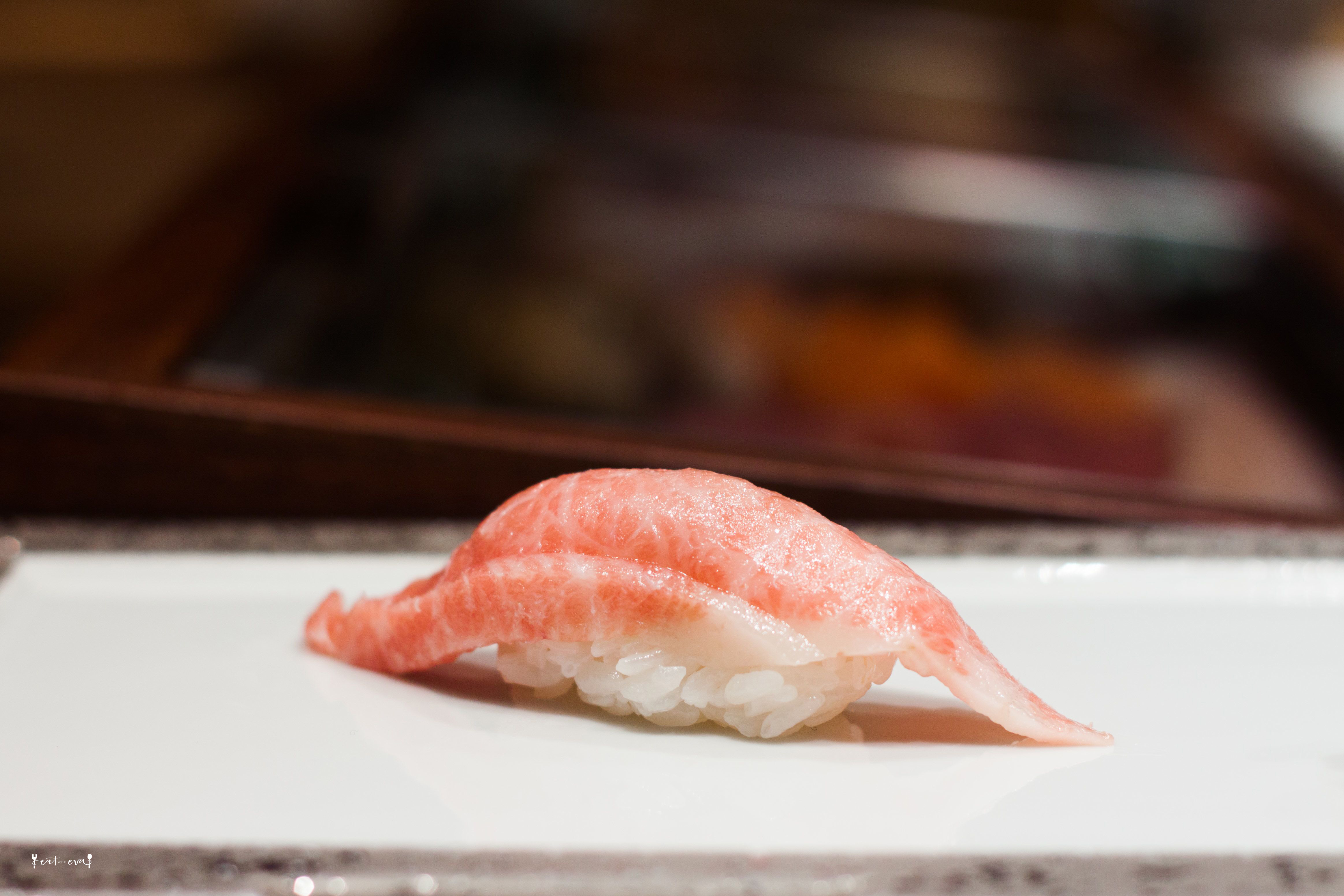
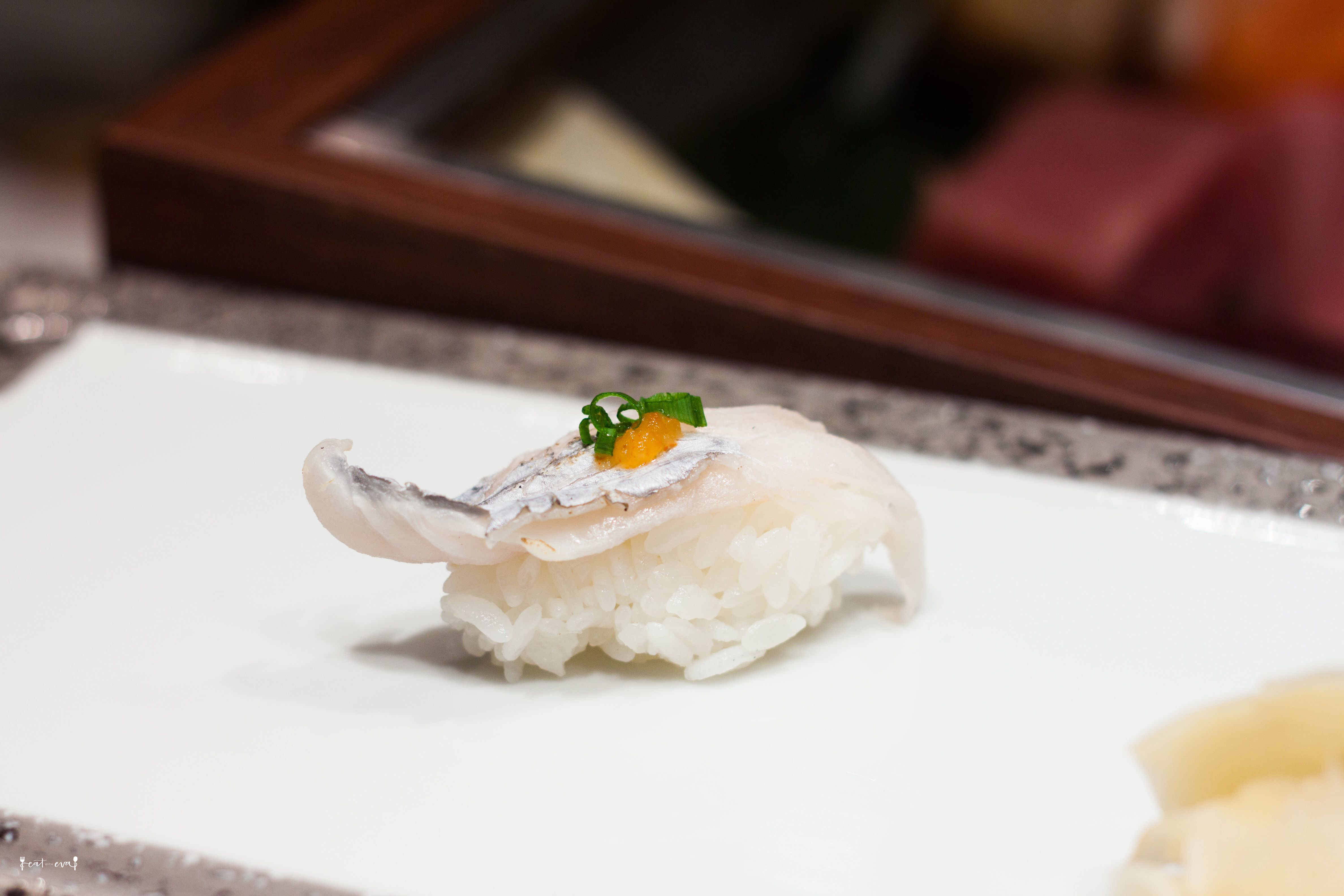
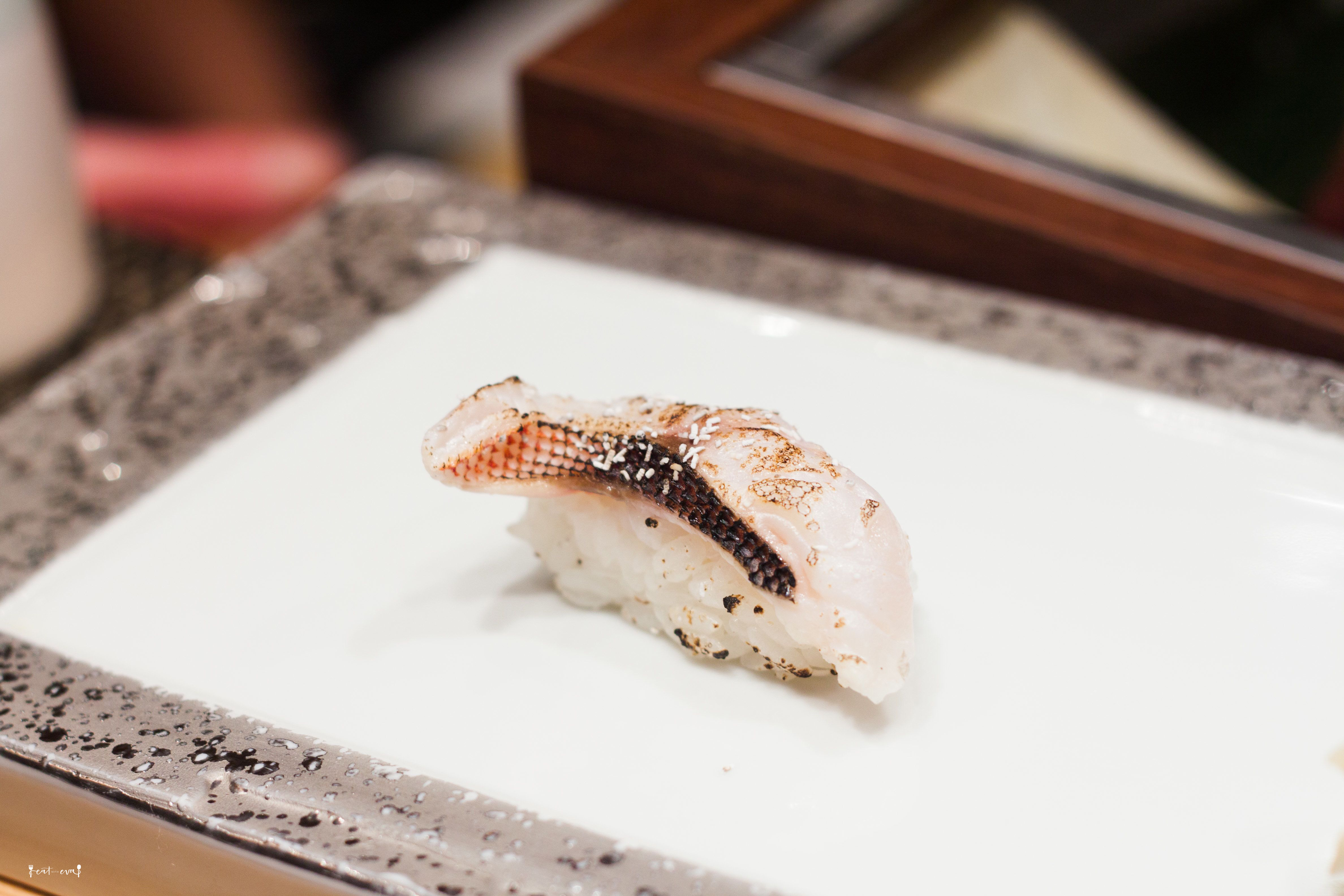
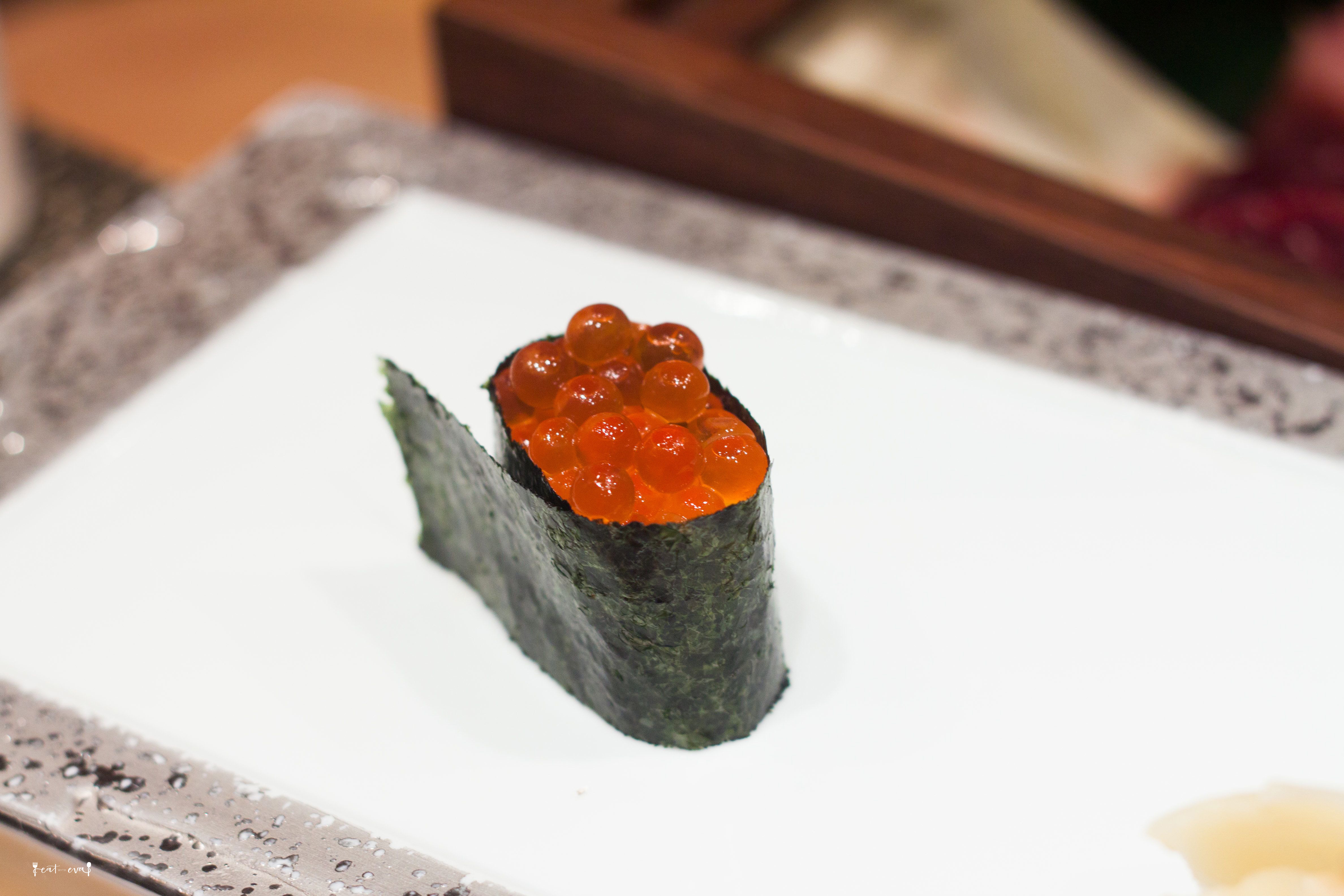
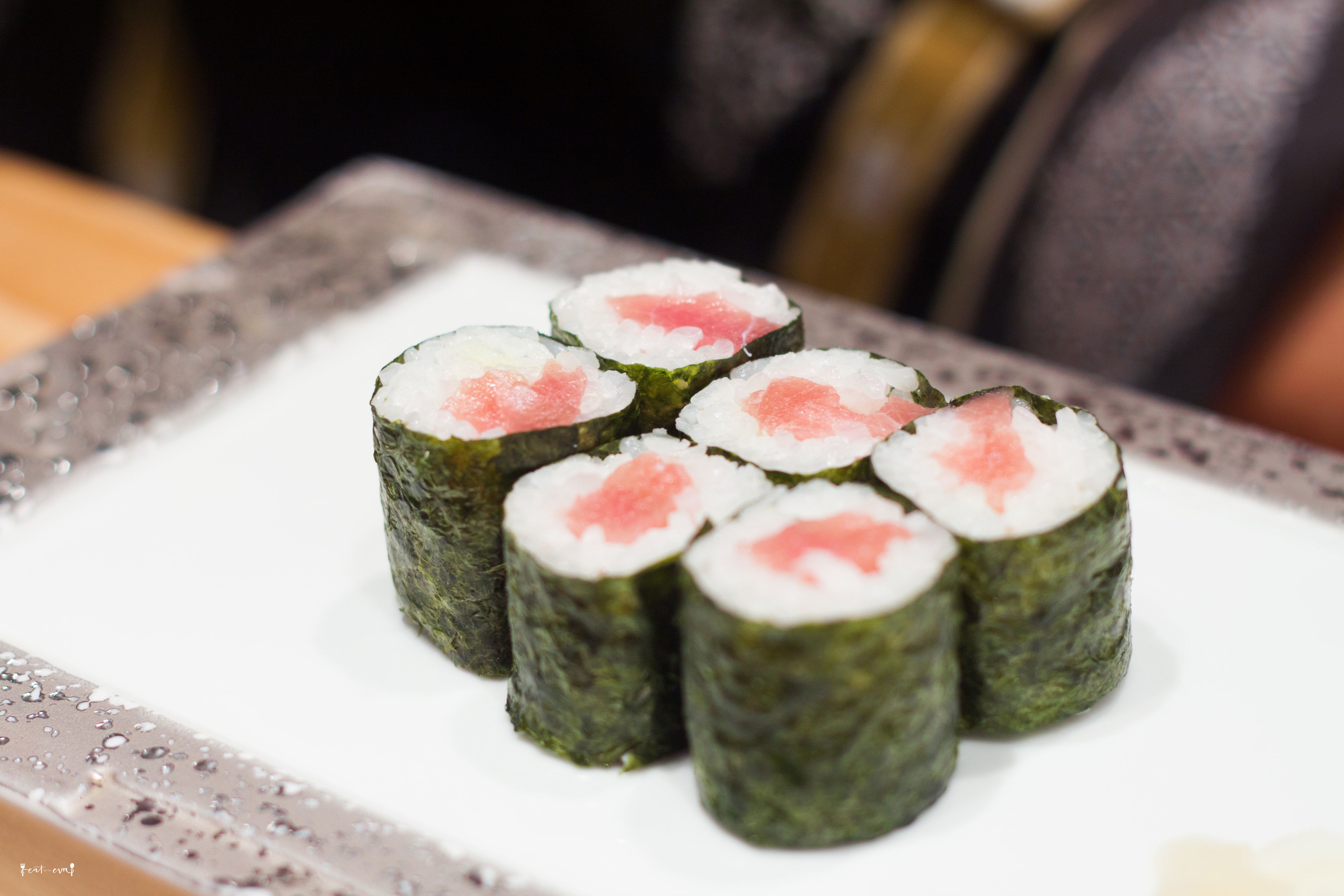

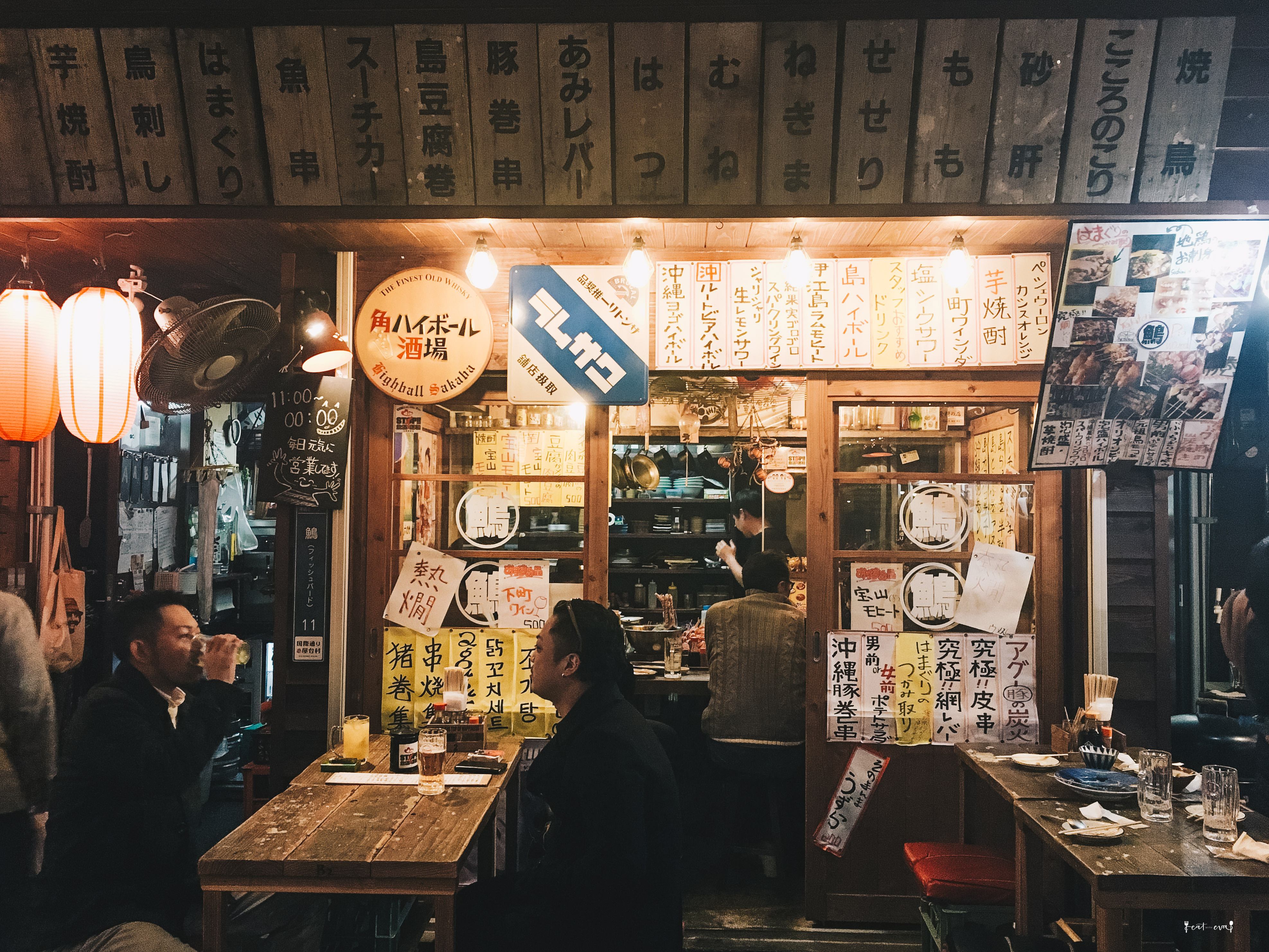

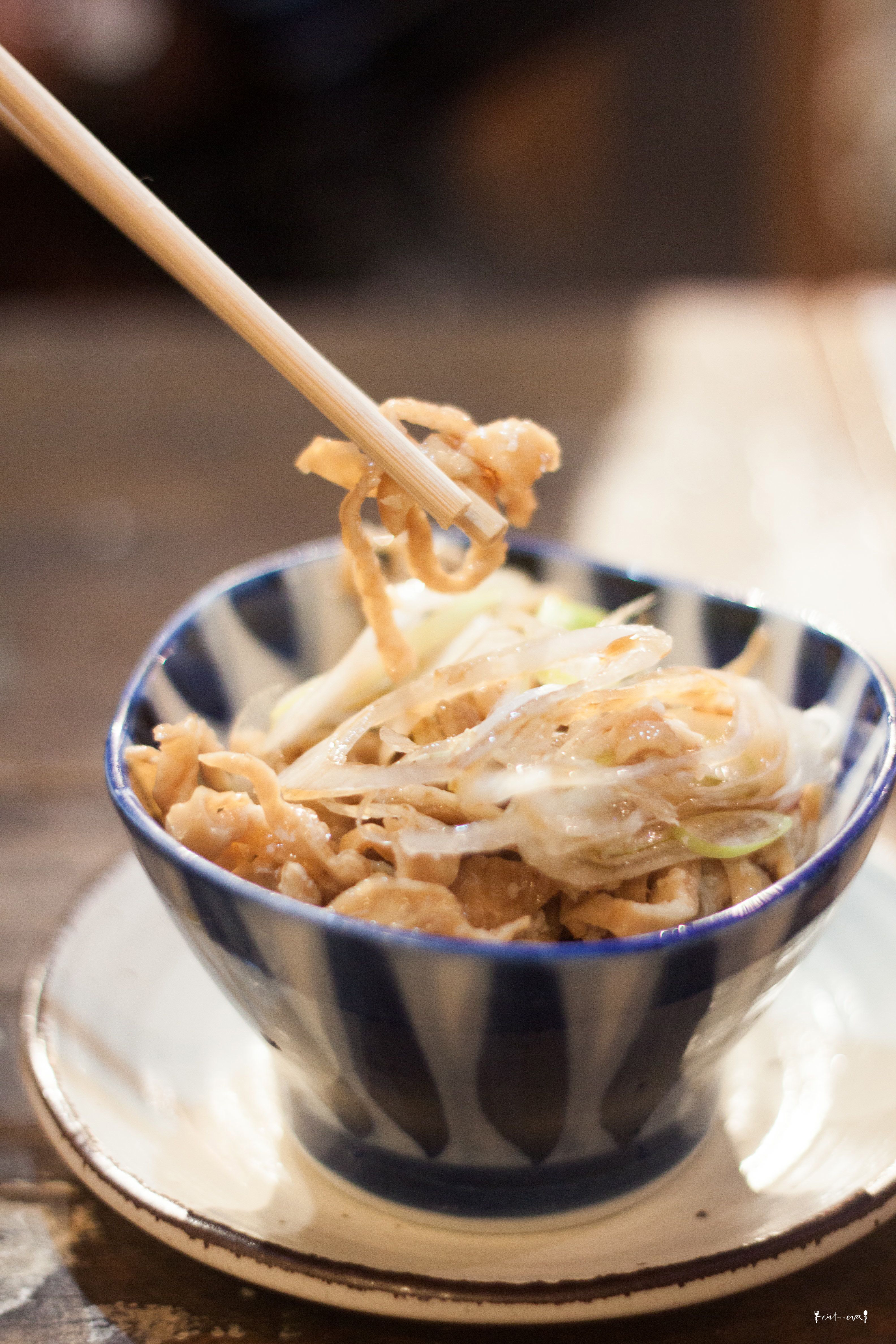


One Comment